In Search of the Silver Bullet: Assessment of Alternatives for Trichloroethylene in Cleaning Operations
Trichloroethylene (TCE) has historically been used for various cleaning and degreasing applications. Because of the human and environmental health effects associated with exposure to TCE, it has been the target of many state’s pollution prevention (P2) programs over the past decades. Many P2 assistance providers consider this field to be “conquered” and have moved on to other niches to focus their efforts on the next battle. In many cases, particularly among larger companies, TCE has been better controlled through substitution and other engineering controls and has been regulated fairly well. However, control systems are not fool proof and accidents happen. A more protective approach would eliminate the exposure to the hazardous materials through substitution of safer materials. Unfortunately, there is no silver bullet product for replacing TCE and therefore it has not been eliminated. Alarmingly, there are many small users of TCE that continue the same cleaning and degreasing practices they have used for decades, and have not reduced their use of TCE at all. From the testing performed at the Massachusetts Toxics Use Reduction Institute’s (TURI) Cleaning Laboratory, a wealth of data has been accumulated on the performances of industrial cleaning products. In order to use this information effectively, a database system was created so that access to this resource can be performed easily and quickly. This database seeks to allow users to search for an alternative-cleaning product based on safety and effectiveness. However, the process does not and should not end there. Process-specific testing is the cornerstone to identifying effective alternatives. It links the theory of lab testing with the reality of field work. Therefore, success is achieved through lab testing, piloting and on-site evaluations. Case studies will demonstrate how the process has been effectively used at the TURI Cleaning Lab. Future solvents may hold the keys to identifying the TCE silver bullet, but they should be carefully evaluated for health and safety as well as performance. Until then, the use of substitution process established at the TURI Lab will continue to be the silver lining on how to move forward with TCE replacement.
{{comment.content}}
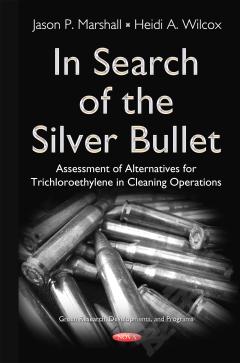
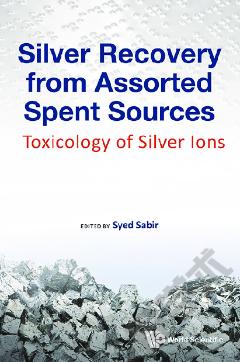
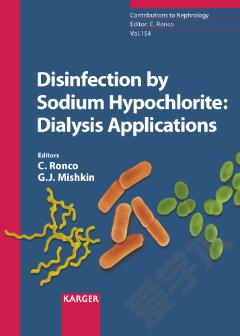
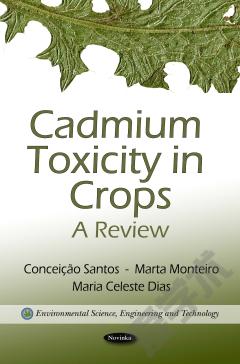
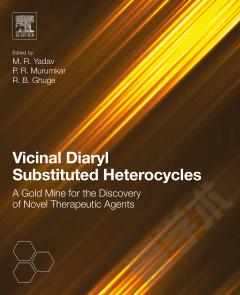

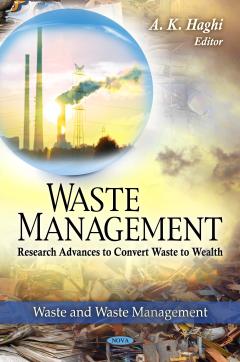

 京公网安备 11010802027623号
京公网安备 11010802027623号